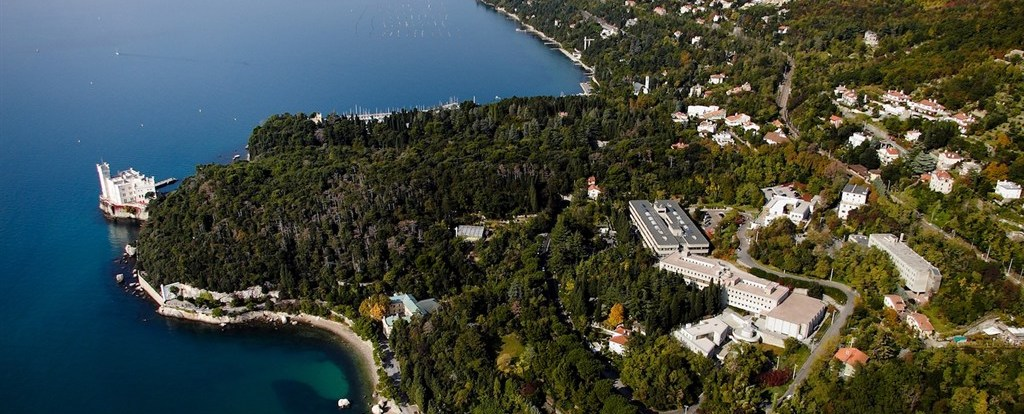Speaker
Description
Quasars shining during the Reionization epoch are ideal targets to investigate the early growth phases of massive galaxies and of the supermassive black holes located at their nuclei. I will present state-of-the-art near-infrared and millimeter observations, respectively probing the nuclear and host-galaxy properties in these systems, back to the earliest epochs (z~7.5). I will show that black-hole feedback is mostly efficient during the first Gyr, and it drives the onset of the black-hole galaxy coevolution observed at later epochs. I will provide an accurate description of the host-galaxy growth rate and of the cold/molecular gas reservoir. I will discuss how black-hole feedback globally affects gas kinematics and gas physical conditions, e.g. by reducing the molecular gas content and the gas ability to fragment and form stars, as also by increasing the molecular gas excitation. Finally, I will show that quasar host galaxies lie in dense environments and that mergers play a key role in building the final mass of the host.

